|
|
|||||
|
|
|||||
 |
|||||
|
|
|||||
Sovereign debt is the crisis few are talking about. Fortunately, there are solutions, if leaders can muster the will. 3 things to know1. 40% of the world’s population lives in countries that spend more on debt service than health or education. That’s true for 34 of Africa’s 54 countries. At 18.5% of budget revenues, African countries are spending four times more on external debt payments this year than in 2010. That’s the highest of any region. Why it matters: 20 low-income African countries are either bankrupt or at high risk of debt distress. They’re faced with an impossible decision: invest in their people’s future or default on loans and incur devastating economic backlash. Both are bad options, and it is unjust that they have to choose. Debt service as a share of government spending  Source: data.one.org 2. 94 out of 100 countries with World Bank and IMF loans have cut spending on public education, health, and social protection over the past two years. That includes 40 out of 42 countries benefiting from the World Bank's International Development Association, the world’s largest social fund for development. Why it matters: The role of the World Bank and IMF is to provide financial and technical support to countries in need. In the past, they’ve (rightfully) been criticised for pressuring countries to enact austerity measures, which led to economic and social pain. So the fact that countries currently receiving World Bank and IMF loans are cutting social spending raises concerns that either austerity isn’t a relic of the past or that those loans aren’t sufficient. Fortunately, there is more the World Bank can do to increase its lending portfolio (which we outline here). 3. The World Bank – IMF annual meetings provide an opportunity to address the debt crisis. Leaders and finance ministers are meeting in Washington, DC this week. They should take the urgent measures needed to ease the fiscal pressures of debt-burdened countries. That includes making robust commitments to IDA’s replenishment. Cheers to Denmark and Spain, who have announced pledges 40% and 37% above their previous contributions. German Finance Minister Christian Lindner said this week that the debt crisis in Africa is a policy priority. Now it’s time to turn that into action to boost IDA and make capital more affordable. Why it matters: With a US$1.75 trillion annual spending gap in official finance, a robust IDA replenishment is critical for low-income countries. This week, African members of the IMF and World Bank’s Board of Governors reiterated the Abuja Declaration’s call for an "ambitious and robust IDA21 replenishment at a US$120 billion target.” IDA’s replenishment ends in December. Tick-tock, donor countries. As Barbados Prime Minister Mia Mottley noted at an event on IDA reform this week, “If the world can put a man on the moon and solve male baldness, it can find a way to put an affordable tablet in every child’s hands so they can get an education. From the ONE Team
|
|||||
|
|
|||||
In the queue:
|
|||||
|
|
|||||
The ONE Campaign’s data.one.org provides cutting edge data and analysis on the economic, political, and social changes impacting Africa. Check it out HERE. |
|||||
|
|
|||||
|
|
|||||
|
|
|||||
Did you like today's email?Loved it Mehhh Hated it |
|||||
|
|
|||||
Did you like today's email?Loved it Mehhh Hated it |
|||||
|
|
|||||
Wie hat dir dieser Newsletter gefallen?Richtig gut! Ging so… Überhaupt nicht. |
|||||
|
|
|||||
|
|||||
|
|||||
|
|||||
|
This email was sent by ONE.ORG to test@example.com. You can unsubscribe at any time. ONE Campaign |
